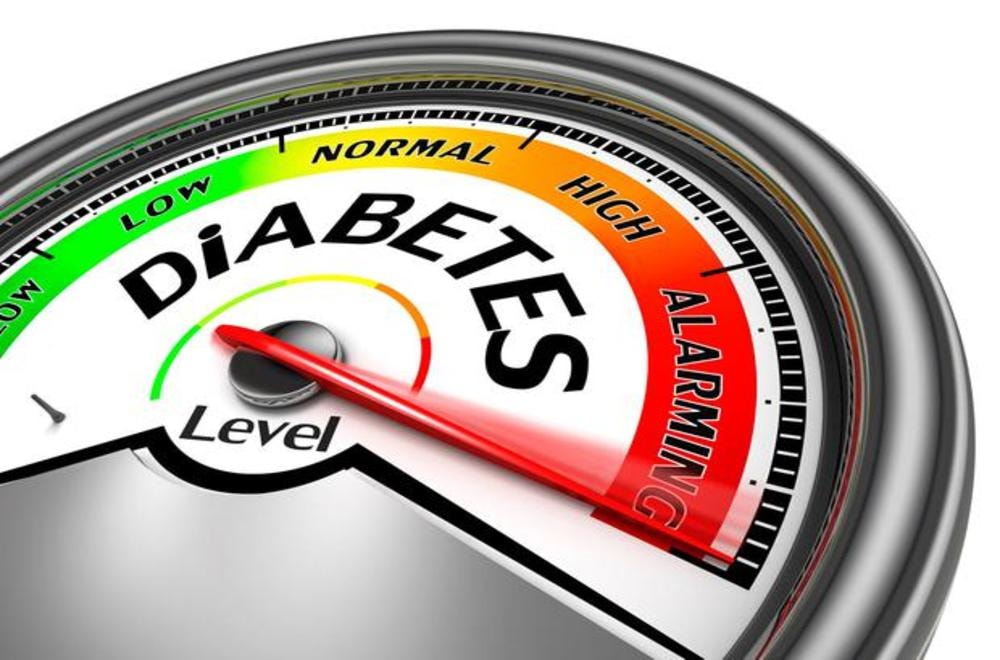Ways to Reduce Your Risk for Type 2 Diabetes

Type 2 diabetes is becoming more and more common. There are many things you can do to slow or prevent the progress of this potentially life-threatening condition. Here are the first steps.
Understand Insulin Resistance and Watch for the Signs
The process of type 2 diabetes begins years or even decades before the diagnosis of diabetes, with insulin resistance. Insulin resistance is the beginning of the body not dealing well with sugar, which is the breakdown product of all carbohydrates. Insulin tells certain body cells to open up and store glucose as fat.
When the cells stop responding your blood sugar rises, which triggers the release of more insulin in a vicious cycle. Insulin resistance is associated with abdominal obesity, high blood pressure, high triglycerides, and low HDL ("good cholesterol"). When these occur together, it is known as metabolic syndrome or pre-diabetes. It is a risk factor for heart disease and type 2 diabetes.
Get Regular Screening
If you are at risk for diabetes or insulin resistance, be sure to get annual testing for fasting blood glucose and hemoglobin A1C. If you see these rising over time, this is a sign that your body is having more trouble processing sugar. Your healthcare provider can provide further recommendations for medication and lifestyle changes that can reduce your risk of progressing to type 2 diabetes.
Exercise
You don’t have to live your life at the gym to reap the benefits of exercise. A brisk half-hour walk five days per week can be enough to help improve insulin sensitivity (the opposite of insulin resistance) and prevent diabetes. Also, just being generally more active can help a lot. To motivate yourself, get a pedometer to count your steps, and gradually increase the number of steps you are taking.
Weight Control, With Reasonable Goals
A relatively small weight loss of 7 percent of body weight has been shown to help prevent diabetes. Strive to stay at your own lowest sustainable weight, even if that is above what the charts say you should be. It is better to aim for a smaller weight loss and be able to keep that weight off than aim for an unrealistically low number, which could cause a "rebound" effect.
Carbohydrate Reduction
If your body isn’t processing sugar well, doesn’t it make sense to stop feeding it so much food that turns into sugar? You can eat a healthy, balanced, diet that is lower in carbohydrates. The amount of reduction that is optimal for you will depend partly on how impaired your own glucose tolerance is.
Consider Home Blood Glucose Testing
If you have found that your fasting blood glucose is rising over time, even if it is normal, and certainly if you "officially" have impaired glucose intolerance (pre-diabetes), strongly consider getting a home glucose meter and testing your own blood to see if you can determine which lifestyle changes help lower and stabilize your blood glucose.
The only problem is that many insurance companies will not pay for this preventative step, and the test strips are admittedly expensive. Still, you might be able to afford to monitor yourself at least occasionally or find a diabetic friend who sometimes has extra strips. Tracking your blood glucose response to meals and overtime can be a big help in preventing the progression of diabetes.
References
This article is written by Laura Dolson. You can find the original version of this article here.







